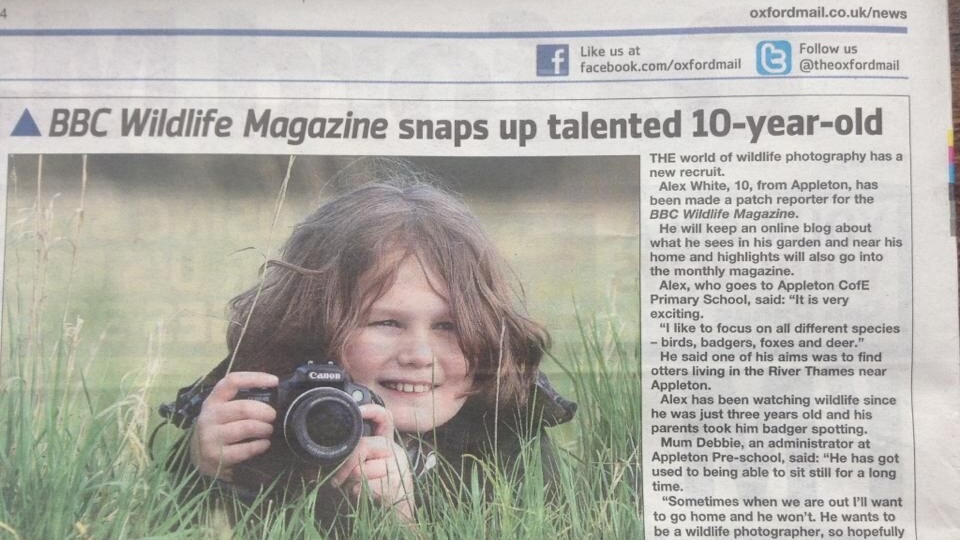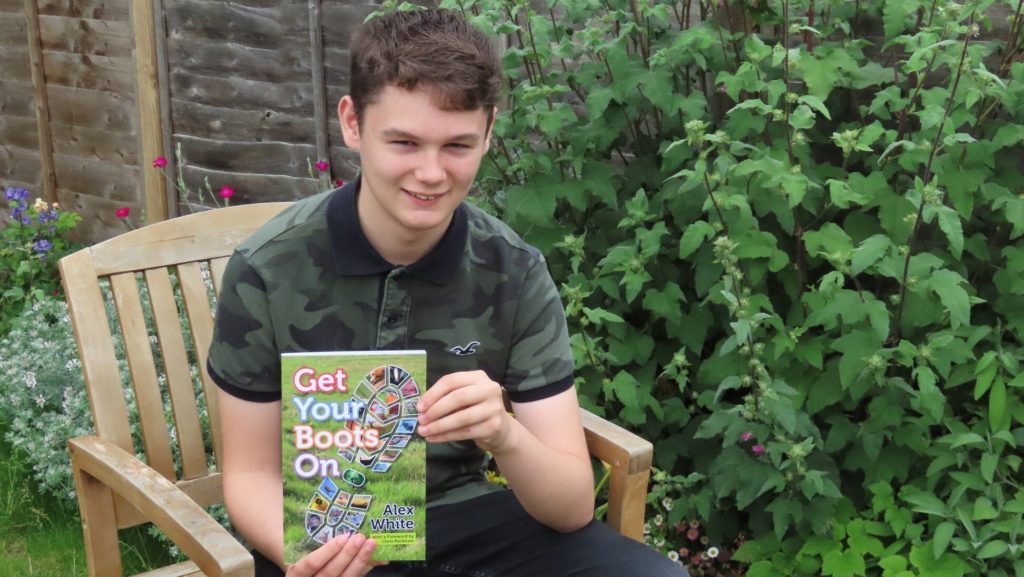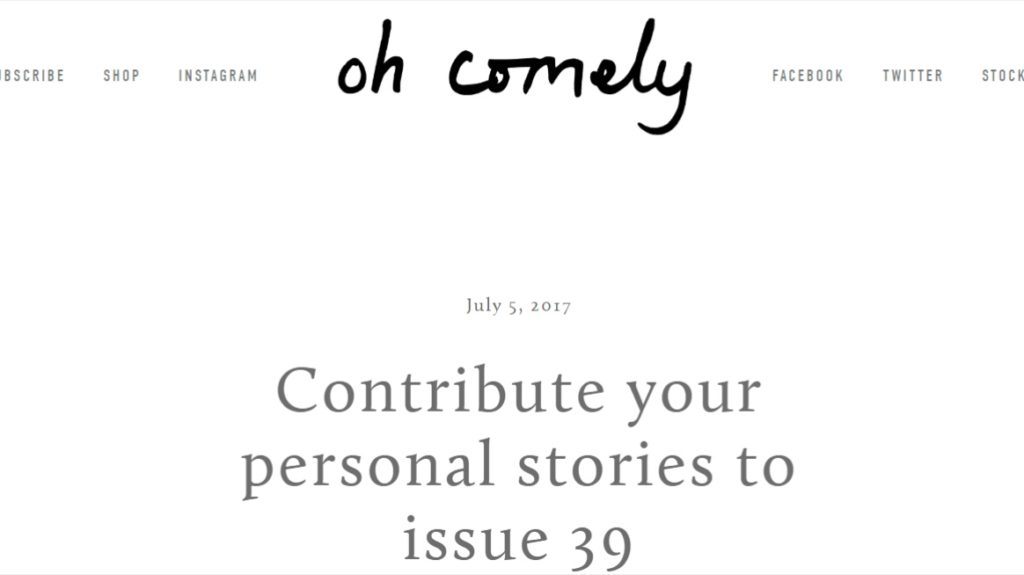The arrival of the internet and mobile technology means that it’s now easier than ever for readers to become contributors to the magazine. How can readers participant increase engagement and boost sales?
Have you ever thought that one day your random thoughts might be included in a magazine? Have you ever thought that one day your own story could be listened by thousands or even millions of people? All this is not impossible.
There is a book club at Oh Comely magazine, which is for editors and readers to communicate with each other and face to face to discuss the books they read together. Because magazine editors want to know what readers think, and what readers want to hear. This motivation prompted the event. At the same time, some readers’ opinions will be included in the next issue of the magazine.

“We’re not really a big brand, which means we have a very small budget. Therefore, we need to think creatively about how we create all content or image editing to make it work for us and those who dig and contribute to it,” says Cathy Mckinnon, the editor of Oh Comely.
Therefore, Oh Comely tends to make some calls, more with their readers interacting with everything that happens in their stories and lives. So that it becomes part of the magazine. For example, they’ve done topics around birthdays around loss around time, and then people will then pitch their stories to Oh Comely. And then on the back of that they will commission readers to write the story that will then include in their magazine.
This model of readers contributing to support magazines is not unusual. For example, the BBC Wildlife started local patch reporter six years ago to get readers involved in creating the content of the magazine.
BBC wildlife aims to cover more and more of the wild and natural world with its magazine, and they want to create a more creative magazine that can tell stories in new and different ways. They hope its strong readership will also contribute more to the magazine’s growth. So, in 2013, they set up a local patch reporter program, hoping to see more wildlife video. They selected 20 readers from across the UK to report on their local wildlife and produce videos and pictures.
Alex White is the youngest member of the BBC Wildlife local patch reporters. Five years ago, he found an advertisement for a local patch reporter in the corner of his room, so he applied with an interest in wildlife. And BBC Wildlife hired this 10-year-old boy as a local patch reporter because he showed that he is knowledgeable about British wildlife and especially wildlife in his local area.
“It’s brilliant to be a local patch reporter because it really raises my profile in the wildlife world and it may help me make connections with other wildlife look as quarters and other great enthusiast into our life,” says Alex.

Alex’s own blog– Appleton Wildlife Diaries– a photographic diary of wild animals, has received a lot of attention and clicks, which has laid a solid fan base for him. This helped his blog Appleton Wildlife Diaries become a finalist in the UK blog Awards 2019.
The strategy of involving readers in the creation process of the magazine not only brings readers popularity, but also enables readers to establish a connection between themselves and the magazine itself, strengthen the relationship between them and increase readers’ loyalty.
“The local patch reporter is a brand extension of the magazine. It certainly increased brand awareness amongst the community. I think it certainly strengthen the relationship between the magazine and our readership and the wider community actually,” said Jo, the editor of BBC Wildlife.
Pete Canalichio, the vice president of business development at Licensing Brands Inc, claims that a brand extension is the “essence of the brand”. He said the extension, which did not exist before, was meant to strengthen existing positions, strengthen the overall brand and bring more connections with consumers.
“Local patch reporter gives people in the UK an idea of where to go to see wildlife that they want to see. So, in my case, because I do a lot of film work with badges, somewhere articles going for the barges and then people can recognize that budget is in oxfordshire made for go there and see one. I think the idea of having a local patch reporter in the UK is a brilliant idea could get tell people where things are,” says Alex.

Even though the BBC Wildlife now doesn’t use local patch reporters offline, Alex is still a loyal subscriber to the BBC Wildlife, he says that he is still here. Both the experience and the magazine are fantastic.
Every magazine publisher is eager to build a good relationship with its readers. Dan Linstead, who is the Editorial Director, Branded Content at Immediate Media Co, believes that reliable mass circulation is usually based on subscriptions or membership, readers choose to develop regular relationships with publishers. They are truly passionate people, and they provide the backbone of everything we do.
“As the readership of print magazines declines, that means readers don’t get what they want, or they don’t see what they want. Realist have come too far away from what the readers want to become too self-important on readers are saying you don’t represent me any. So, if magazines want to have a future, they need to connect with their audience much more than ever before,” said Gavin Allen, the digital journalism lecturer from Cardiff university.
It’s worth noting that in this digital age, your audience is changing. According to Philippe Wampfler, a lecturer at University of Zurich whose research focuses on learning in the Web, due to the emergence of digital platforms, people’s attention is changing, and the trend is irreversible. Nostalgia would be the wrong response; Human cognition adapts to the world around us. So, how to change your content strategy in response to the needs of your readers?
“We do lots of brainstorming and have editorial meetings every three months. We meet together and talk about the next year of magazine editorial coverage. We talk about the themes that we want to do for each issue,” says Cathy.
Des Tan, publisher at Oh Comely thinks it’s also good to create more connections between readers and magazines — there must be a way to work with readers, get them more involved, get them to submit, give them a forum. So, they started a section called “contribute your personal stories to issue” at Oh Comely. This section allows readers to bring their own stories into the magazine’s story telling sequence and contribute to the magazine.
This August marks a milestone in their 50th issue since it was launched in 2010. They recently held a poetry competition in which readers can submit a poem about the phrase and word “gold” to celebrate the occasion, which is kind of like a golden anniversary. So, readers were encouraged to send in their poems and then the editors chose the finalist from hundreds of poems. The winner’s poems will be published in the next issue.

In addition, some readers become regular writers in Oh Comely. If their stories are beautiful, and on condition that these stories need to be at a certain level. And then, they may become a writer. They will work with the editorial teams, who will then commission for future features and pay for them.
Like Marshall McKinney said, who is the design director of Garden & Gun magazine, your readers are the center of your business. Put them in your heart and build from them.
The circulation of BBC History magazine has doubled from 50,000 to 100,000 at a time when many magazines are struggling to survive. Rob Attar, award-winning editor of the BBC History magazine, has considerable expertise in expanding readers’ participant. He revealed that his main priority is his readers, which is the key to the success of the BBC history magazine.
There is, however, one caveat when involving readers in the magazine’s creative process. That is to pay attention to ways of engaging the reader.
“There are many ways for readers to participate in the creation of magazines. For example, when people are using the readers’ ideas to create content, the reader will be angry sometimes in that situation, because you’ve taken their idea. But if they feel involved in the process, then they will feel less angry,” says Gavin.
Last year an illustrator made beautiful illustrations of her first trip around Asia. Lots of illustrations of the food she encountered on her trip to Asia. The editors of Oh Comely thought the illustrations were so cute that they used them to tell a story about traveling around Asia.
“We thought it was wonderful and felt like we’d love to share this with our readers. So that’s an example of, and since then I’m still in touch with her about other illustration opportunities, because her illustrations are so lovely. So, we get quite a few people contacting us with pitching their ideas to us stories and feature ideas,” says Cathy.
One of the biggest benefits of user-generated content is that it’s a win-win for you and your fans. You’re no longer marketing to your audiences; you’re marketing with them. According to Christina’s research on user-generated content, compared with brand-created content, consumers believe that user-created content is 2.4 times more than real content. User-generated content is one of the most powerful marketing tools today because it proves that you have a loyal following, a product worth talking about, and a social network that appreciates great content.
“We’ve got roughly around forty-five thousand Instagram followers and fifty thousand Facebook followers. And because we are quite interactive with them online. For example, when we share an Instagram post or the story, we get lots of comments. So, we have a good relationship with readers. It’s not just a one-way street, it’s something that kind of feedback,” says Cathy.
Whether it’s a product, service or experience, modern consumers want to know what they’re getting before they place an order. According to Christina’s survey, 92 percent of consumers trust the recommendations of people they know, and 70 percent trust the opinions of online consumers. Therefore, maintaining a good relationship with readers can not only help the content production of magazines, but also help the marketing of magazines.
Another benefit of bringing readers in the process of creation in magazine is because that it is a way to build a community around your brand. “Readers are involved in the process of creating the magazine individually, so it helps create communities. If your audiences had a very positive experience here, they will pass on their experience to other people who are willing to come and join,” says Cathy.
The readers’ positively participation can help the magazine to control its budget and reduce costs and increase the readers’ feelings towards the magazine in the process of participation, and even become loyal readers in the long-term cooperation, contributing to the sales of each issue of the magazine. However, the model has both benefits and challenges.
The size of readers’ participation is impossible to estimate in advance, but the editorial team of the magazine is fixed. This means that you spend a lot of time each day reading your inbox, which is full of emails from readers. For example, each issue of Oh Comely will receive a large number of readers’ contributions, but 70% of them will be eliminated in the initial review.
“It’s too much work for such a small team. But Oh Comely by nature is always going to be a small independent magazine. And all of that topic and work means we’re going to remain small but powerful in a small bath,” says Cathy.
Engaging readers in the creation of magazines is not just a passionate project, it serves the needs of magazines to grow and make money. Oh Comely magazine is run by Iceberg Press, a small publishing company whose bottom line is to own a profitable magazine. This means that it needs to be able to finance itself, grow and make money.
“What is it about that really get someone to pay with six pounds for us each issue to buy into it. For us it’s about creating a sanctuary, which is an extension of as that kind of bedrooms where women share their experiences and stories. You need to have events that you can invite them to share. People that we discovered that our readers will love the invite,” says Cathy.
Cathy has been in publishing for 25 years, and when she first started in publishing, working in magazine design, she found that editorial magazines were very influential. But now with the advent of the digital age, people are more flexible in their choices. They can constantly read and receive information through laptops, mobile phones and other mobile devices. People are much less enthusiastic about a particular title.
“If you want to start building contact with your readers, I think it’s important to know where your audiences are and never be scared to approach them. And I think if you truly interested in creating editorial and putting stories in the world. The art of that is, in fact, listening to your readers,” says Cathy.

